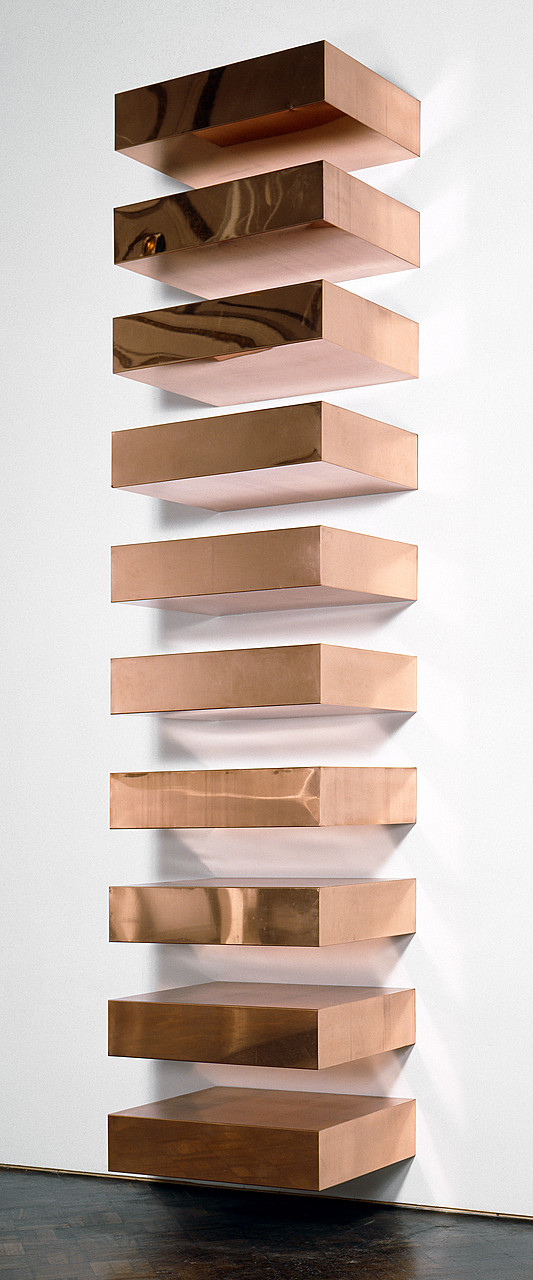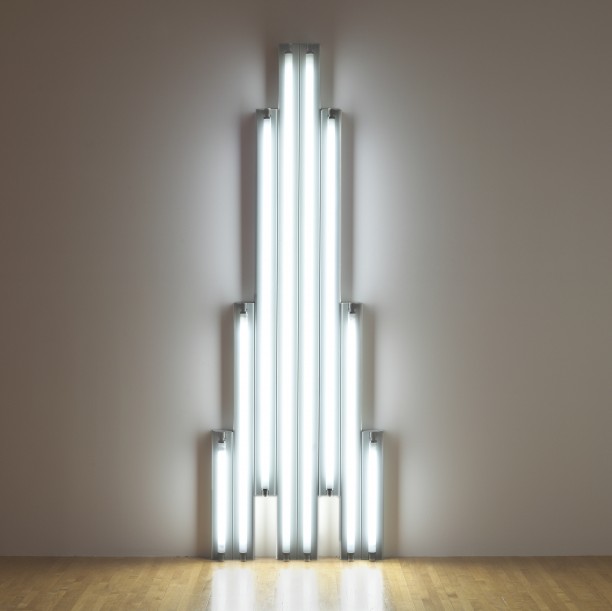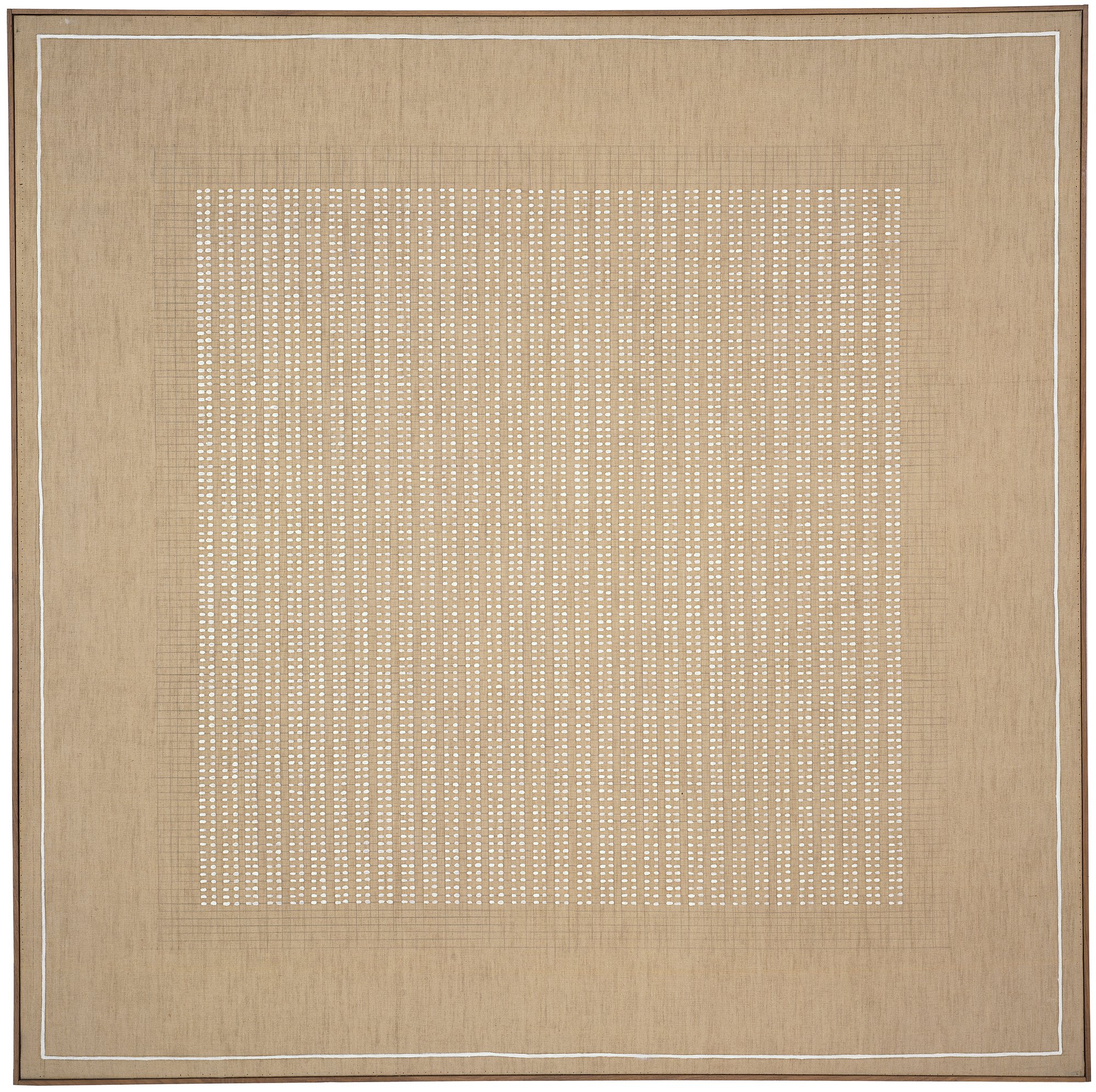The Art of Less: Embracing Minimalism in a Maximalist World
What Makes Minimalism So Popular?
The world we live in is full with excess: never-ending digital noise, messy closets, hectic schedules, and frequent notifications. As a response to this sensory overload, minimalism has become more than simply a design fad; it's a philosophy, a way of life, and a means of achieving inner peace for many.
However, what is the true meaning of minimalism? Is it about reducing possessions or creating space for more—more time, more space, more intentionality, and more clarity?
The essence of minimalism, its advantages, real-world applications, and how to start simplifying your life without sacrificing what really matters will all be covered.

Tony Smith, Free Ride, 1962, 6'8 × 6'8 × 6'8, Museum of Modern Art (New York City)
Describe minimalism.
The deliberate promotion of the things we value most and the elimination of everything that detracts from them is what minimalism is all about.
Although minimalism has its origins in art and architecture, it has now developed into a way of life that emphasizes deliberate living by prioritizing quality over quantity, purpose over duty, and clarity over confusion.
Donald Judd, Untitled, 1991, Israel Museum Art Garden, Jerusalem
Important Minimalism Principles:
Intentionality: Every object, dedication, and behavior should have a purpose.
Simplicity: Reducing complication to reveal what really matters is what is meant by simplicity.
Freedom: The absence of material belongings, unhealthy relationships, and mental clutter.
Mindfulness: Mindfulness is the ability to live in the moment and approach life with awareness.

Superimposed minimalist art
Advantages of Living a Minimalist Lifestyle
Cleaning countertops and monochromatic clothing aren't the only aspects of minimalism. Its advantages are far more extensive:
1. Mental Equilibrium
A decluttered mind frequently follows a decluttered space. Stress and anxiety are lessened when our surroundings are neat because our thoughts feel more structured.
2. Financial Independence
More money is saved when needless purchases are reduced. Due to their purposeful spending, minimalists have lower debt levels and greater financial stability.
3. Make Time for The Important Things
There is more time for family, hobbies, self-care, and passions when less time is spent on upkeep, cleaning, and material pursuits.
4. Impact on the Environment
Cutting back on consumption promotes sustainability. In order to reduce waste, minimalists frequently purchase longer-lasting, higher-quality products.
5. More Powerful Connections
Through the elimination of distractions and the emphasis on presence and connection, minimalism promotes deeper, more meaningful relationships.
Arturo Luz's minimalist works of art
Famous Artist's work

Stack,1967, Donald Judd
Donald Judd
Donald Judd's art is characterized by precise, repetitive, industrial geometric sculptures.
Famous Piece: 1967 ➤ Untitled (Stack) An industrial stack of identical metal boxes made of Plexiglas and aluminum that are vertically stacked and spaced equally apart on the wall.

Monument for V. Tatlin
Dan Flavin
Commercial fluorescent lights are used in light installations as an artistic medium.
Famous Work: Monument for V. Tatlin, 1964–1982 - A minimalistic design honoring Russian constructivist Vladimir Tatlin that uses white fluorescent light.

Agnes Martin
Art Style: Calm and contemplative; hand-drawn grids and gentle, repeating lines on canvas.
Notable Piece: Untitled #10, 1975 ➤ A canvas that is almost entirely monochrome and features delicate grid lines that subtly express emotion.

Frank Stella
Shaped canvases and geometric abstraction are examples of this art style.
Renowned Piece: Die Fahne Hoch, 1959 ➤ With its symmetrical white pinstripes and austere black paintwork, it rejects symbolism and emotion.
Minimalism in Practice
1. Clearing Your Space: A Practical Approach to Minimalism
Start with something modest, like a shelf, closet, or drawer. Incorporate techniques such as the Four-Box method (Keep, Donate, Trash, Relocate) or the Kon Mari method (ask, "Does this spark joy?"). Only things that are beautiful, important, or helpful should be kept.
2. Making Your Schedule Easier
Being busy is not a mark of pride. Put obligations first, decline unnecessary work, and make time for relaxation and spontaneity.
3. Minimalism with Digital
Reduce the amount of time you spend on social media, tidy up your desktop, unsubscribe from emails you never read, and use screens purposefully.
Frequently Held Myths
The wealthy are the only ones who should practice minimalism. False. Because minimalism discourages needless purchases, it frequently results in financial savings.
You must live without any furnishings and with white walls. One manifestation is aesthetic simplicity. Being minimalist is a personal choice; it's about what suits you.
The subject is deprivation. Making space for more of the things that are important is the goal of minimalism, not having fewer.

Acrylic on canvas on plywood, Judy Chicago
How to Begin Living a Minimalist Lifestyle
Describe your "why." What benefits do you hope to obtain by making your life simpler?
Let's start with one region. Try not to do a complete makeover all at once. Select a single area or category (clothes or apps, for example).
Take the time to contemplate every day. Review your objectives and advancements on a frequent basis.
Take pride in your progress. Instead of being a destination, minimalism is a journey.

Larry Bell, Untitled (1964), bismuth, chromium, gold, and rhodium on gold-plated brass; Hirshhorn Museum and Sculpture Garden
Conclusion
The Power of Less Minimalism challenges us to re-establish a connection with our true priorities and get off the never-ending cycle of consumerism. It is a flexible foundation for an intentional lifestyle rather than a strict set of rules.
Regaining your space, time, and mind can be achieved through minimalism, regardless of your preference for living in a tiny house or just finding calm in your inbox.
Join our classes to enhance & improve your memory skills and let your child unlock the power to retain information from every moment of his/her life!


